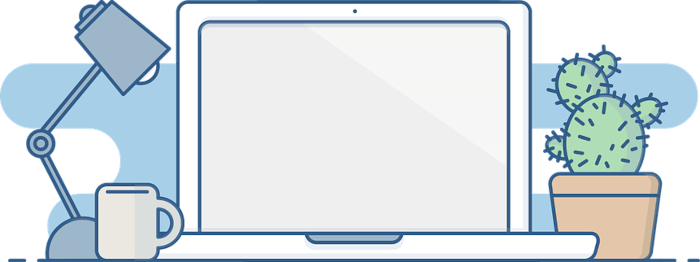Last Updated on April 30, 2022
International Business Machines Corporation (IBM) is an American multinational technology corporation headquartered in Armonk, New York. They sell computer hardware, middleware and software employing over 370,000 people.
IBM acquired Red Hat in 2019. But you can trace IBM’s history of open source far further back. They were one of the earliest champions of open source, backing influential communities like Linux, Apache, and Eclipse, advocating open licenses, open governance, and open standards.
IBM also collaborates with Linux organisations. For example, IBM works with Ubuntu in areas like containers, virtualization, Infrastructure-as-a-Service, big data analytics and DevOps to provide reference architectures, support solutions and cloud offerings, both for enterprise data centres and cloud service providers.
The company is involved in many open source projects. For example, they helped to create the Apache Software Foundation, and were also a founder member of the OpenJS Foundation, responsible for the development of the Node.js platform, Appium, Dojo, jQuery and many other products.
There are also many IBM software products published under a proprietary license. This series looks at free and open source alternatives to IBM’s products.
![]() Db2 is a family of data management products, including the Db2 relational database. The products feature AI-powered capabilities to help you modernize the management of both structured and unstructured data across on-premises and multicloud environments.
Db2 is a family of data management products, including the Db2 relational database. The products feature AI-powered capabilities to help you modernize the management of both structured and unstructured data across on-premises and multicloud environments.
What are the best free and open source alternatives?
1. MySQL
MySQL is a multithreaded, multi-user SQL database management system (DBMS). The basic program runs as a server providing multiuser access to a number of databases.
2. MariaDB
MariaDB Server is one of the most popular database servers in the world. It’s made by the original developers of MySQL and guaranteed to stay open source. Notable users include Wikipedia, WordPress.com and Google.
MariaDB seeks high compatibility with MySQL, ensuring a drop-in replacement capability with library binary parity and exact matching with MySQL APIs and commands.
3. PostgreSQL
PostgreSQL is an object-relational database management system (ORDBMS) based on POSTGRES, Version 4.2, developed at the University of California at Berkeley Computer Science Department.
It has more than 30 years of active development and a proven architecture that has earned it a strong reputation for reliability, data integrity, and correctness. It is the most feature-rich robust open-source database.
| Alternatives to IBM's Products | |
|---|---|
| Db2 Database - Db2 is a family of data management products, including the Db2 relational database. The products feature AI-powered capabilities. | |
| Maximo Application Suite is a single, integrated cloud-based platform that uses AI, IoT and analytics to optimize performance, extend asset lifecycles and reduce operational downtime and costs. | |
| QRadar SIEM detects, prioritizes and responds to threats. Analyse and aggregate log and flow data from thousands of devices, endpoints and apps across your network. | |
| Rational DOORS is a requirements management tool that makes it easy to capture, trace, analyze, and manage changes to information. | |
| Robotic Process Automation helps automate business and IT processes at scale. Software robots, or bots, can act on AI insights to complete tasks with no lag time. | |
| SPSS is a statistical software suite for data management, advanced analytics, multivariate analysis, business intelligence, and criminal investigation. | |
| SPSS Modeler is a data mining and text analytics software application. The program is used to build predictive models and conduct other analytic tasks. | |
| Watson is a data analytics processor that uses natural language processing, a technology that analyzes human speech for meaning and syntax. | |
